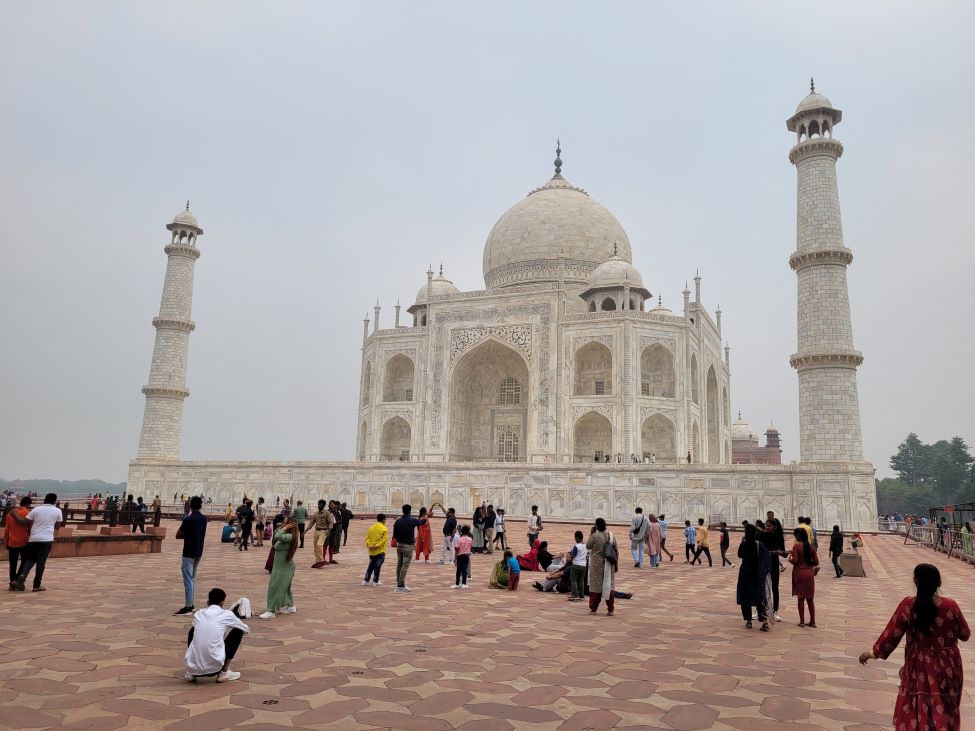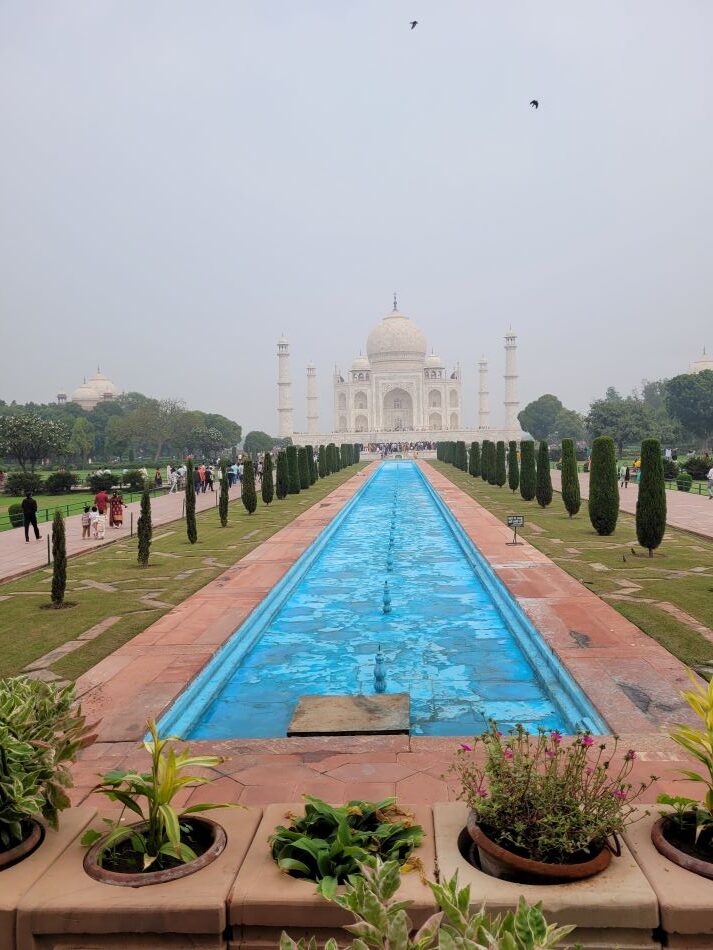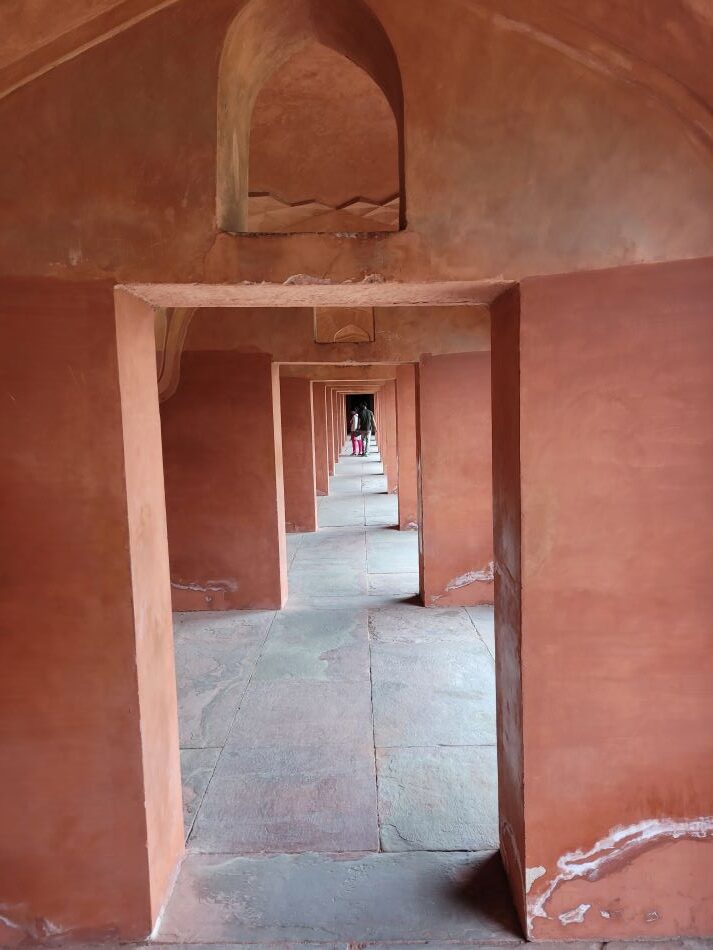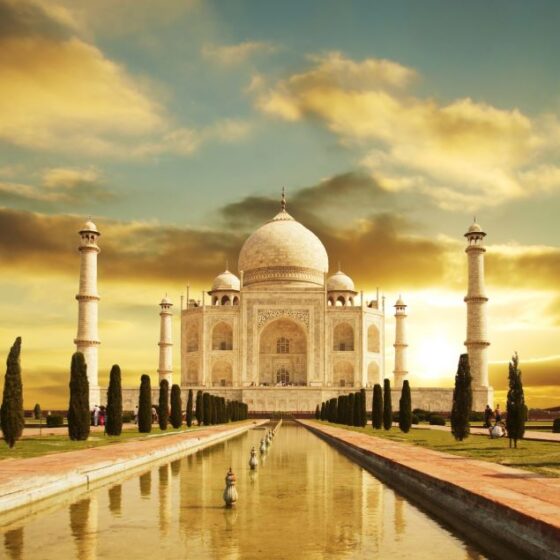
Ethereal Dream or Nightmare
A love letter in ivory marble draws up to eight million visitors each year, and described as a “teardrop on the face of eternity.” What is it that lures tourists in such numbers to crawl over a beautiful extravagance, that is essentially a useless monument. The Taj Mahal in Agra can only mean one thing – The Photo That Shocked The World.
I heard several voices complaining that the number of visitors made it impossible to get a Princess Di shot alone on a bench, the Taj reflected in the water feature. Cutting a tragic figure amid a world she no longer belongs to lonely, and enigmatic as the world swirls around her we are given a rare insight into the People’s Princess’s crumbling world.
Don’t tell me I didn’t, because I did. Why else would I travel all that distance. Look closely.
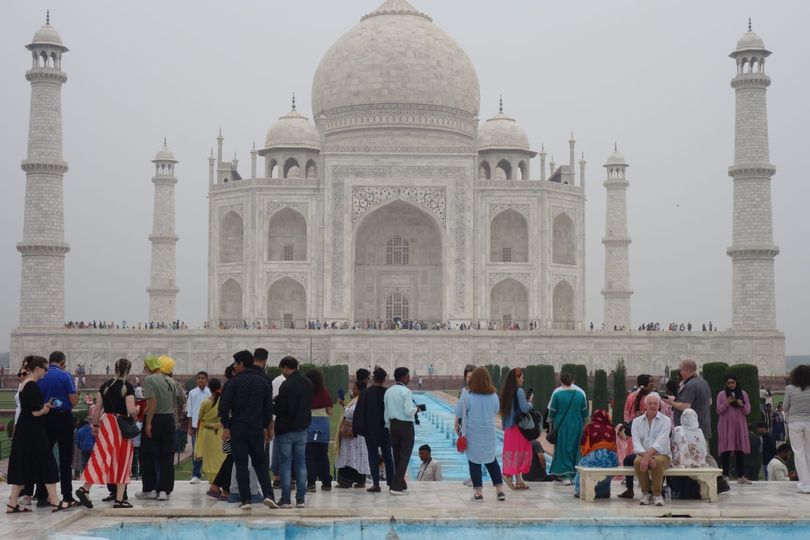
So why the fuss? Historically, the Taj Mahal exists as the eternal monument of a husband’s love, the mausoleum built in 1631 by the order of Mughal emperor Shah Jahan to honour his wife. Well the irony here being in February 1992 Prince Charles, at that time husband to Princess Diana, was meant to accompany her on this visit but instead he met business leaders, made two speeches, and launched a new charity. The myth that holds the Taj Mahal above all others is that it was built as a monument to enduring love. She sat in isolation on a bench in front of the Taj Mahal, a princess without her prince. What the world witnessed was a photograph that captured a disintegrating marriage. They separated later that year.
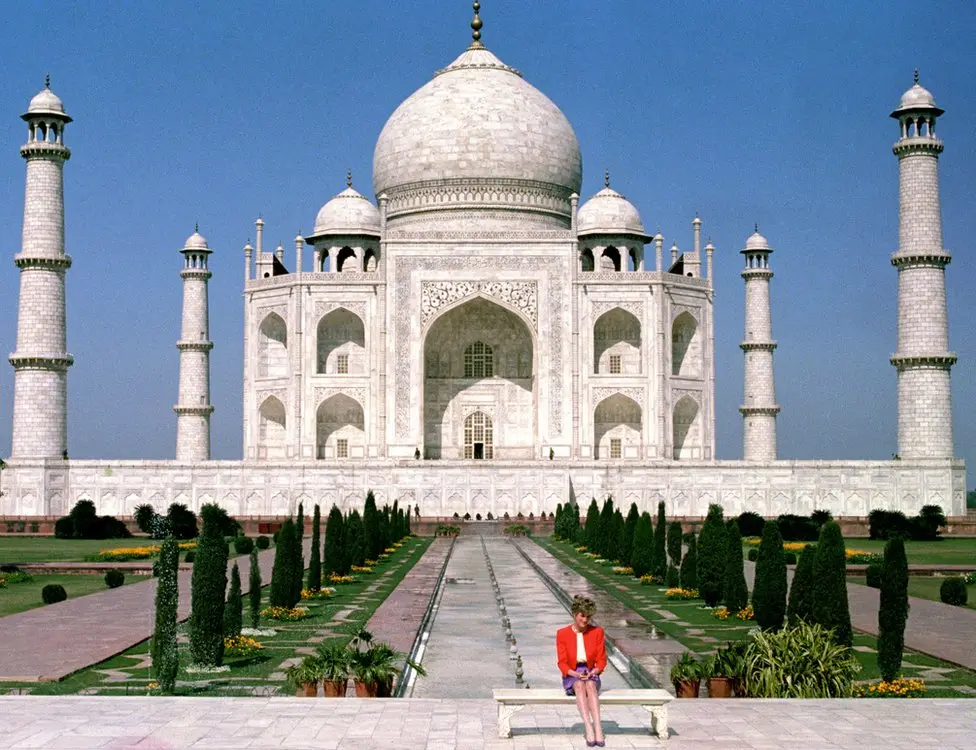
But let me return to the wife of Mughal Emperor Shah Jahan, the woman who launched a building frenzy. Built on their fabled romance, in memory of his wife who died while giving birth to their 14th child, she was not the first wife, nor would she be his last. Her name was Arjumand Banu Begum, known as Mumtaz Mahal ‘the Exalted One of the Palace.’ Turns out she was a politically astute woman serving as advisor and confidante to her husband. She wielded immense power, being consulted by her husband in state matters, and responsible for the imperial seal allowing her the right to issue her own orders. Aged 38, Mumtaz Mahal died of blood-loss caused by a postpartum haemorrhage after a painful thirty hour labour. This being her fourteenth child of which seven made it into adulthood. After her death, due to his grief Shah Jahan avoided royal affairs for a week. I am believing that means affairs of state. He also gave up listening to music and lavish dressing for two years. After which, let the building begin.
Construction started in 1632, and the mausoleum was completed in 1648, while the surrounding buildings and garden were finished five years later. It is believed more than 20,000 artisans, labourers, painters and others were involved in the construction of the building. Specialist sculptors, calligraphers, designers, stone cutters, and Italian artisans were employed. A 15 km long earthen ramp was built to transport marble and materials to the construction site, hauled on specially constructed wagons by teams of oxen and elephants. Ever since, the mausoleum has stood as an artistic and architectural marvel, its symmetrical design topped with the famous white marbled dome.
Here’s another story about this mythical structure. Did you know that in 1942 for security reasons, with fears of potential air raids from German and Japanese bombers, the British army used scaffolding to disguise the entire dome in bamboo? The purpose was to make Taj Mahal look like nothing but a bamboo stockpile from inside a bomber plane flying overhead.
The entire Taj Mahal was eventually covered in bamboo, but the government did not allow any photographers to take images, security you know. The same thing was done when India was fighting a war against Pakistan in 1965 and 1971.
And the myth and magic lives on over centuries, but physically Taj Mahal is slowly deteriorating. For decades activists and lawyers have been waging a legal battle to save the Taj Mahal from environmental degradation. The sandstone of the terraces and walkways is weathered, restoration work that has been done, appears careless.
Campaigns in the 1980s mainly targeted an oil refinery upwind of the Taj Mahal that spewed sulphur dioxide. Preservationists believed the plant emissions were causing acid rain, eating away at the stone. All polluters, including iron foundries and other small industries in Agra, shut down, moved out or forced to install cleaner technology. In 1996, the court ruled in favour, and foundries around Agra were closed, relocated or compelled to switch to natural gas. Opponents say the restrictions imposed upon the city’s several hundred brick kilns, iron foundries and glassworks to reduce air pollution have harmed the local economy. The rug weavers I met, forced to relocate would readily agree with the loss of revenue, forcing the more inventive into international on-line sales to bolster bank accounts. But, more importantly to keep the ancient art of weaving alive.
Most of the problems with the marble are not from pollution, but from climatic conditions. These include heat, sunlight and also moisture, which promotes the growth of algae, leading to biological decay of the stone. Add the human impact on the monument where the moist breath of thousands of daily visitors, and their oily hands rubbing the walls has discoloured the marble.
What would Shah Jahan make of it all? Would he be saddened by the state of his act of love, possibly, but there’s an even chance he’d be happy seeing the crowds. Shah Jahan might even be philosophical about the slow deterioration. He had designed the monument to endure beyond the end of the world, yet the first record of damage and leaks came in 1652. The emperor was certainly familiar with the impermanence of things. When his beloved Mumtaz Mahal died, a court historian wrote:
“Alas! This transitory world is unstable, and the rose of its comfort is embedded in a field of thorns. In the dustbin of the world, no breeze blows which does not raise the dust of anguish; and in the assembly of the world, no one happily occupies a seat who does not vacate it full of sorrow.”
I don’t really warm to poetry, but without a word of a lie stepping up to the entry gate and first seeing the Taj Mahal framed perfectly, it is so magnificent I audibly gasped.




